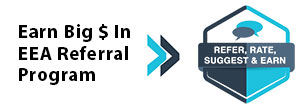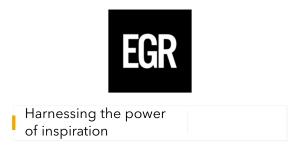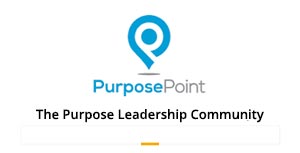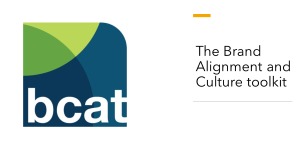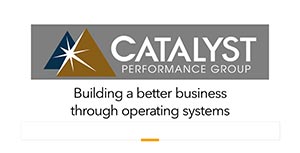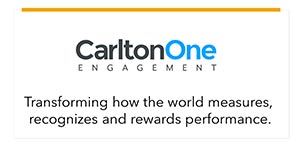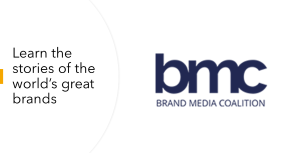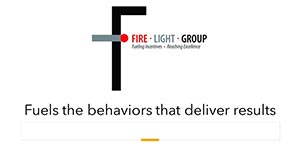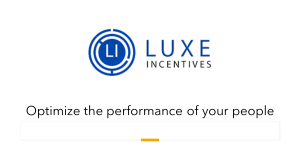Renowned Management Consultants Offer Alternative Path to Government Cost Cutting
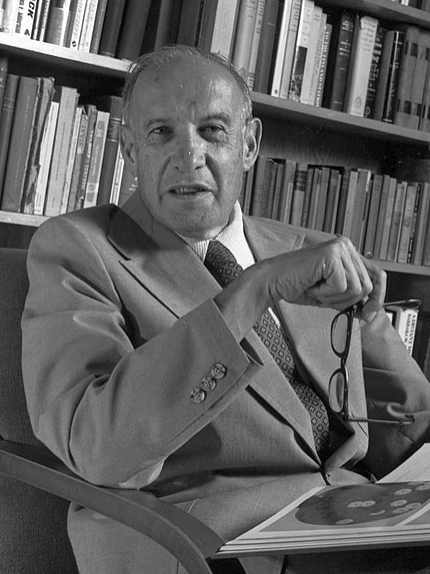 The new Department of Government Efficiency is tasked with devising strategies to cut government waste. Here are strategies that world-renowned management consultants would prescribe as opposed to the slash-and-burn and coercive policies floated in the media.
The new Department of Government Efficiency is tasked with devising strategies to cut government waste. Here are strategies that world-renowned management consultants would prescribe as opposed to the slash-and-burn and coercive policies floated in the media.By Bruce Bolger
Government Has a Culture Challenge
What Is the North Star for Government Agencies?
A Total Quality Management Approach to Government?
Click here for links to information about EEA sponsors; here to subscribe to ESM weekly; here for an ESM media kit.
Note: In October 2020, the Enterprise Engagement Alliance published an article on how the principles of what we now call stakeholder capitalism could be applied to reforming the nation’s overall political situation without the need for any legislative action. This current article addresses specifically on how these principles can be applied to enhancing the quality, productivity, and efficiency of government to help reduce the growth in the nation’s debt without the need for legislative action.
A more sustainable solution to lowering government costs than the current slash-and-burn proposals being floated is to employ the practices of legendary
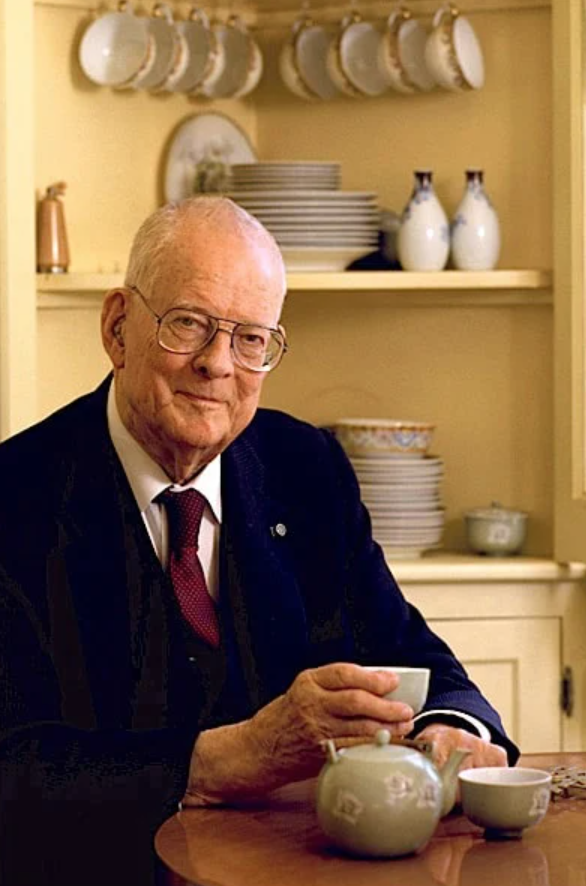 management consultants Peter Drucker, W. Edwards Deming, and others whose formulas remain in use decades after their deaths. Their approach to enhancing productivity, quality, and reducing costs is based on a human-centered strategy that engages all stakeholders in continuous improvement to lower costs and create new revenue.
management consultants Peter Drucker, W. Edwards Deming, and others whose formulas remain in use decades after their deaths. Their approach to enhancing productivity, quality, and reducing costs is based on a human-centered strategy that engages all stakeholders in continuous improvement to lower costs and create new revenue.Drucker’s management theory or Deming’s total quality management approach would be a positive alternative to strategies such as mass layoffs, which both experts believed hurt the organization long term by depriving it of talent and causing customer disruption.
While Congress and President Trump will make the final decisions related to government funding, there are strategies agencies can employ now to significantly improve the quality, productivity, and cost-efficiency in government long proven in free enterprise and which require little to no legislation.
Author's update. Offering severance packages is an excellent way to reduce fixed costs that was not included in this article. Like any other major decision, the best results come when key stakeholders are consulted, with legal and other considerations clearly thought out in advance and presented with clear communications. In late January 2025, the new US administration sent out an email to federal workers giving them until Feb. 6, 2025 to resign in order to take advantage of an offer to be paid through September 2025. The offer has received broad pushback from unions. There is no indication that any of the federal worker unions were consulted. The apparently haphazard series of communications used at first to spread the word did not clearly address to whom this applied, what would happen if someone refused the offer, what specifically would they have do do over that period based on their job, or what could happen even if they accepted the offer between now and September to guarantee their pay. Some critics wonder what would happen if all the skilled executives, analysts, and highly trained specialists outside the key national security or related departments indicated as exceptions walked out at the same time. In cases of crisis, and one can argue that the nation's debt is a crisis, the idea of offering severance packages makes sense. The best approach in the world of total quality management, however, is one that is strategic; involves input from key stakeholders; is carefully thought out, verified and methodically communicated.
Government Has a Culture Challenge
Government has a culture challenge that won’t be solved by mass firings and mandates. Due in part to legal and regulatory constraints, the culture in the US government is as close as one can find in many socialist countries: a general lack of passionate engagement because there are few financial or other incentives and rewards for being energetically engaged. Other than having a job with better than average security, often fairer pay, better benefits, a pension, and the personal satisfaction some people get from a commitment to public service, government workers enjoy few of the components that foster engagement in free enterprise.
Employees in business have less job security but many more opportunities for bonuses, profit-sharing, gainsharing and stock options, incentive and recognition rewards, career advancement, along with often greater workplace flexibility. There exist few of the incentives in government to create new profitable revenue centers to better serve taxpayers, as the US Postal Service, National Park Service, US Mint, and some other agencies do by creating desirable stamps, products, and coins for sale.
What Is the North Star for Government Agencies?
With no fundamental overriding purpose, goals, objectives and values transparently articulated in government culture, with no stated focus on continuously improving productivity and quality for taxpayers, and no real incentives for employees to give their all, finds ways to cut costs, or create new products and services, it’s no surprise that most US citizens rate the customer service of government below that of free enterprise and that a majority feel it is bloated and inefficient. Given the lack of customer focus, it’s no surprise government administrators create burdensome administrative requirements in which bureaucratic demands take precedence over the taxpayer experience.
Indiscriminately reducing the government head count may produce short-term results but is not likely to sustainably address the fundamental opportunity and challenge to create a customer-focused culture in government. To do so requires the application of good old-fashioned free market principles long ago advocated by the likes of Peter Drucker, W. Edwards Deming, R. Edward Freeman, Tom Peters, etc. Their work suggests that the best path to sustainable performance is not to sow discord and chaos but rather to harmonize the passions of all stakeholders toward a common purpose, goals, and objectives; in this case, on what everyone wants: a better experience for both taxpayers and employees with greater quality, productivity, and lower costs.
A Total Quality Management Approach to Government?
Here's how these types of management consultants would create a customer-focused culture in which employees feel inspired to find new ways to continually improve productivity, quality, efficiency, and contain costs not just in the long term but as part of their ongoing jobs.
1. Establish a Clear Mandate for DOGE
- Ensure that DOGE has a transparent purpose, goals, objectives, values, and metrics based on creating a customer-focused culture.
- Staff DOGE with leaders in both business and government management with expertise in the Drucker Management System, total quality management, or related systems.
- DOGE transparently clarifies the overall purpose, goals, objectives, and metrics of government administration. Presumably it is to fulfill legislative mandates in the most customer-focused manner possible with a focus on how to continually improve productivity, quality, and efficiency for taxpayers.
- Each agency conducts the same assessment of its functions based on its legislative mandate, what are its purpose, goals, objectives, values and key metrics in the short- and longer-terms. Having a clear purpose, goals, objectives and values will make it easier for employees to understand the necessary tradeoffs (layoffs or early retirement programs) that may be necessary when redundancies or non-strategic expenditures are identified.
- What specific products and services do each agency produce and how specifically do they create value and for whom.
- What new products or services could be created to add value and create new revenues, and how.
- What if any processes or products do not align with the purpose, goals, and objectives of each agency and can be therefore eliminated.
- Who are the direct and indirect taxpayers affected by the agency or department.
- What measures are used to evaluate and appropriately address their level of satisfaction with the quality of products and services.
- What is done to identify and address opportunities to improve service delivery, cut costs, or generate new revenues.
- Consisting of representatives of all the departments and internal and external stakeholders and governed by the business plans and priorities, each agency or department establishes a cross-functional leadership team that systematically works on a regular schedule to address key issues, reviews metrics, approves and monitors action plans and results, and implements improvements—overseeing the same process in each agency and department.
- This system ensures that the activities of each group of employees in human resources, training, operations, communications, etc. align with the purpose, goals, objectives, and values, rather than sustain ad hoc activities with no clear source of value creation.
- Transparency: in addition to the availability of meeting minutes, the business operating system and metrics provide a means for everyone to evaluate if each agency and department delivering on its plans.
- Each agency establishes a formal process that rewards individuals or teams of employees who identify ways to cut costs or improve efficiency or to create new products and services taxpayers will pay for, as is common in the application of total quality management in free enterprise.
- Each year, the Office of Personnel Management and each agency publishes its overall business operating plan for the year with clear performance improvement goals, along with a review of the results from the previous year.
- DOGE creates quarterly and annual rewards for the agencies and individuals who have demonstrated the highest level of performance achievement and cost reductions based on their purpose, goals, and objectives.
- Based on the agencies that produce the greatest cost savings or other performance achievements, the DOGE leaders, other top officials, and the President personally and publicly reward the top achievers.
Enterprise Engagement Alliance Services
 Celebrating our 15th year, the Enterprise Engagement Alliance helps organizations enhance performance through:
Celebrating our 15th year, the Enterprise Engagement Alliance helps organizations enhance performance through:
1. Information and marketing opportunities on stakeholder management and total rewards:
- ESM Weekly on stakeholder management since 2009. Click here to subscribe; click here for media kit.
- RRN Weekly on total rewards since 1996. Click here to subscribe; click here for media kit.
- EEA YouTube channel on enterprise engagement, human capital, and total rewards since 2020
 Management Academy to enhance future equity value for your organization.
Management Academy to enhance future equity value for your organization.3. Books on implementation: Enterprise Engagement for CEOs and Enterprise Engagement: The Roadmap.
4. Advisory services and research: Strategic guidance, learning and certification on stakeholder management, measurement, metrics, and corporate sustainability reporting.
5. Permission-based targeted business development to identify and build relationships with the people most likely to buy.
Contact: Bruce Bolger at TheICEE.org; 914-591-7600, ext. 230.


